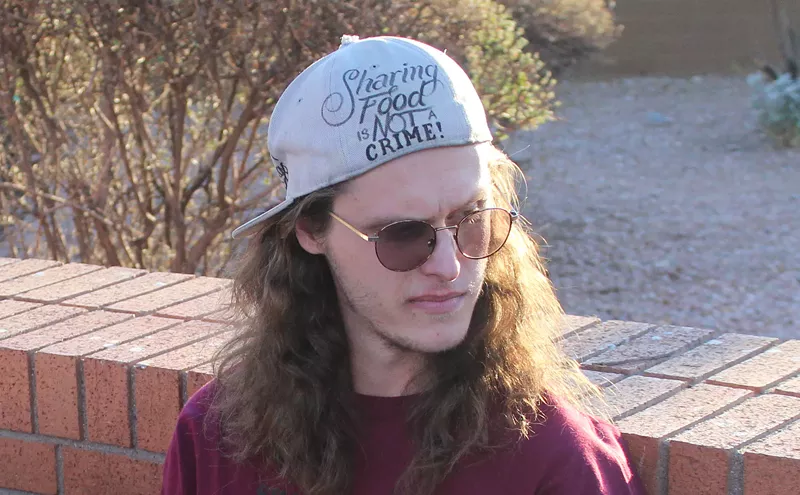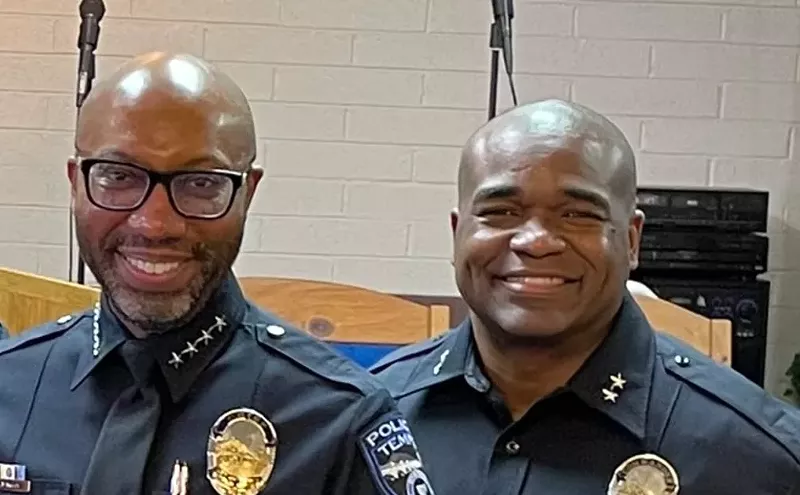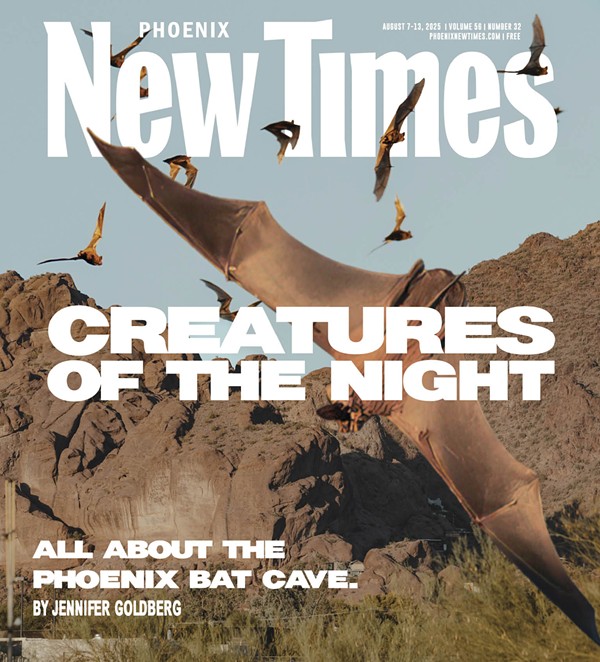There's nothing like the old classics, and nobody knows how to exploit them better than Disney. Last year the company experimented by putting its Peter Pan sequel, Return to Neverland (planned for video), into theaters first and made a bundle: Presumably this was the stimulus to upgrade The Jungle Book 2 to a theatrical release. It's a perfectly sound idea. The video productions were never slapdash to start with, even if the scripts rarely matched those of the originals. And so it is with The Jungle Book 2: well-animated, well-acted, with some good new songs, but not really up to the level of the 1967 original (the last animated feature supervised by Walt Disney, and never regarded as one of his best).
In this entry, the "man cub" Mowgli (voiced by Haley Joel Osment) has forsaken the wild to live in a village, with the town leader (John Rhys-Davies) as a surrogate parent. Of course, he still misses his old buds in the jungle, particularly the bear Baloo (John Goodman, as the natural replacement for the late Phil Harris), despite his burgeoning friendship/flirtation with a girl named Shanti (Mae Whitman). And Baloo, for his part, has practically gone mental for the want of his little buddy.
One night after "lights out," Baloo decides to pay a sneak visit to Mowgli at the village. Unfortunately, a similar idea has also occurred to the villainous tiger Shere Khan (Tony Jay), who seeks revenge for the humiliation visited upon him by Mowgli in the last film. One screw-up leads to another, and soon Mowgli and Baloo are fleeing into the jungle, pursued by Shanti, the town leader's toddler son Ranjan (Connor Funk) and Shere Khan.
Just in case you were doubting my contention above that the scripts are the least successful elements in these sequels, this single event and its predictable consequences are pretty much the entirety of the story here. Shanti must use her wits to protect Ranjan and herself until she can locate Mowgli; Mowgli and Baloo have to outsmart Shere Khan; and the townspeople wander around aimlessly, trying to find all of them. Happiness prevails: end of story. In short, don't worry about whether your 3-year-olds will be able to follow the plot. If they can't or, for that matter, if the 5-year-olds can't predict it then it's time for some aptitude testing by a trained professional.
Of course, younger children are less likely to appreciate the subtleties of the movie's reactionary allegorical subtexts: the way that Mowgli's eventual return to the village suggests nature as ultimately supreme over nurture . . . or the obvious Freudian manner in which the struggle for Mowgli's affections between Baloo and Shanti represents a growing boy's conflicts between adolescent male-bonding and its elements of homoerotic experimentation and so-called "mature" heterosexuality. (Lavender Baloo?) Not to mention the villagers' xenophobic dehumanization of their neighbors as "animals."
Oh, wait . . . they are animals. Never mind all that then.
Along the way, there are some very brief distractions involving elephants and a snake, as well as some vultures (Phil Collins among them), who seem by their accents to have just flown in from Liverpool, Manchester and the East End. (And, boy, are their jokes tired!)
Director Steve Trenbirth (The Lion King II: Simba's Pride) and his animators give the production an appropriate visual style, patterned closely after the 1967 film. It's perfectly effective, though only rarely inspired.
There are also some decent new songs by Lorraine Feather and Paul Grabowsky, notably "W-I-L-D" and "Jungle Rhythm," though the film leans heavily on reprises of Terry Gilkyson's "Bare Necessities" from the 1967 original. There's also a very amusing Smash Mouth cover of Richard and Robert Sherman's "I Wanna Be Like You" over the first part of the closing credits.
Speaking of the closing credits, unless I blinked, there was apparently no room in the seven minutes of the final crawl for even a mention of Rudyard Kipling, without whose original book the Disney organization would now be a great deal poorer. Whether this omission is an insult or a blessing I leave to fans of the author.








